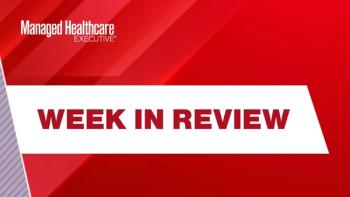
Coupon Accumulators and Coupon Maximizers, Explained
Payers have used accumulators and maximizers to counteract drug coupons.
Editor's note: Yesterday in an extended Managed Healthcare Executive®
The patient is prescribed a drug that costs $36,000 per year, or $3,000 per month. She gets a copay card from the manufacturer that is valued at $12,000 per year. Patient’s benefit plan has a $3,000 deductible and, after the deductible has been met, a monthly copay of $500. The benefit plan has an annual maximum out-of-pocket (MOOP) of $9,000.
How an accumulator works
Patient uses the copay coupon to cover the monthly drug costs through April - and has no out-of-pocket expenses during the first four months of the year. However, because accumulator prevents coupon from applying toward cost-sharing requirements, she must pay the full deductible amount ($3,000) in May and monthly copays of $500 per month thereafter until the $9,000 MOOP may be reached. The health plan’s financial liability is reduced to at least $17,500 by the coupon's value and the beneficiary's full cost-sharing payments (deductible and copays).
How a maximizer works
Benefit plan’s maximizer increases patient’s monthly copay to slightly more than the coupon’s monthly value, say, to $1,200 per month. Coupon value is applied evenly across year at $1,000 per month, so patient is responsible for a copayment of $200 per month. But the coupon does not count toward meeting the deductible of $3,000 or MOOP of $9,000. The plan makes monthly $1,800 payments that sum to $21,600; the plan’s financial liability is reduced by the combination of the coupon’s value and the beneficiary’s copay payments.
Usually, but not always, accumulators are a better deal for health plans than maximizers, although there are other reasons plans might prefer maximizers.
John "Jack" S. Linehan is a member of the health care and life sciences group of Epstein Becker & Green.
Newsletter
Get the latest industry news, event updates, and more from Managed healthcare Executive.

















































